Polyethylene Bags & FFS Films
Heavy-duty polyethylene bags are made from high-performance polyethylene material through German W&H multi-layer co-extrusion blown film process, offering multiple functions and excellent thickness uniformity. It is ideal for customers who require a visually appealing, leak-proof packaging bag with high packaging efficiency. It is Made from a single material, these bags are directly recyclable.
VidePak manufactures up to 9 layers of co-extruded polyethylene bags, PE FFS tubular films, and PE valve bags, providing over 500 millions PE bags annually for 5kg+ heavy-duty needs—tailored solutions for diverse applications such as chemical, foods and building material.
Key Specifications
- Width: 35~65 cm
- Thickness: 0.1~0.25 mm
- Length: customizable
- Roll Diameter of FFS Film: 100~150 cm
- Printing: up to 10 colors
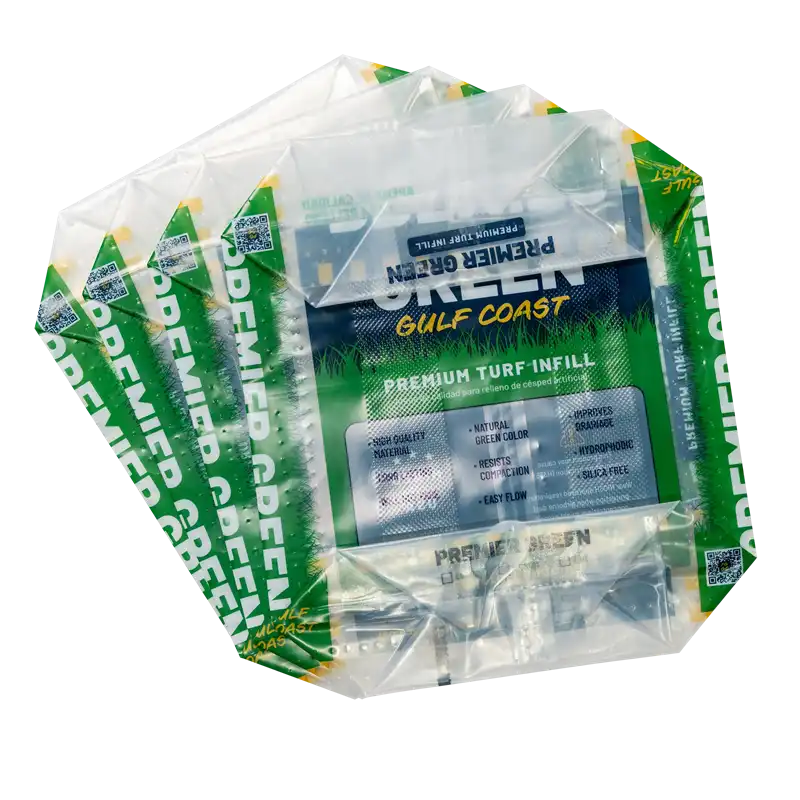
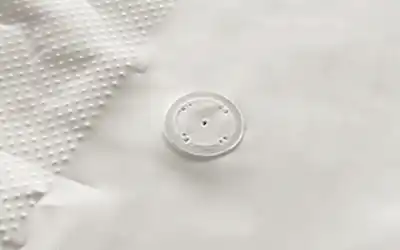
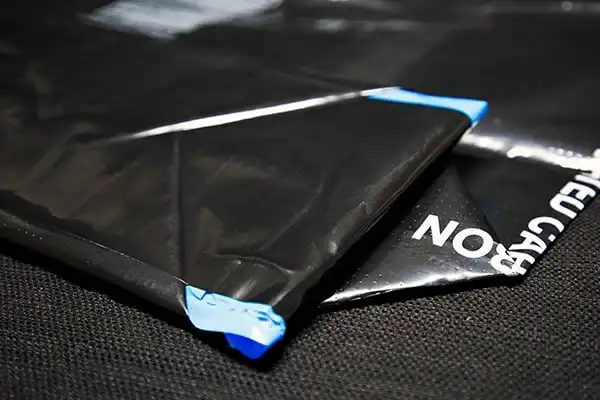
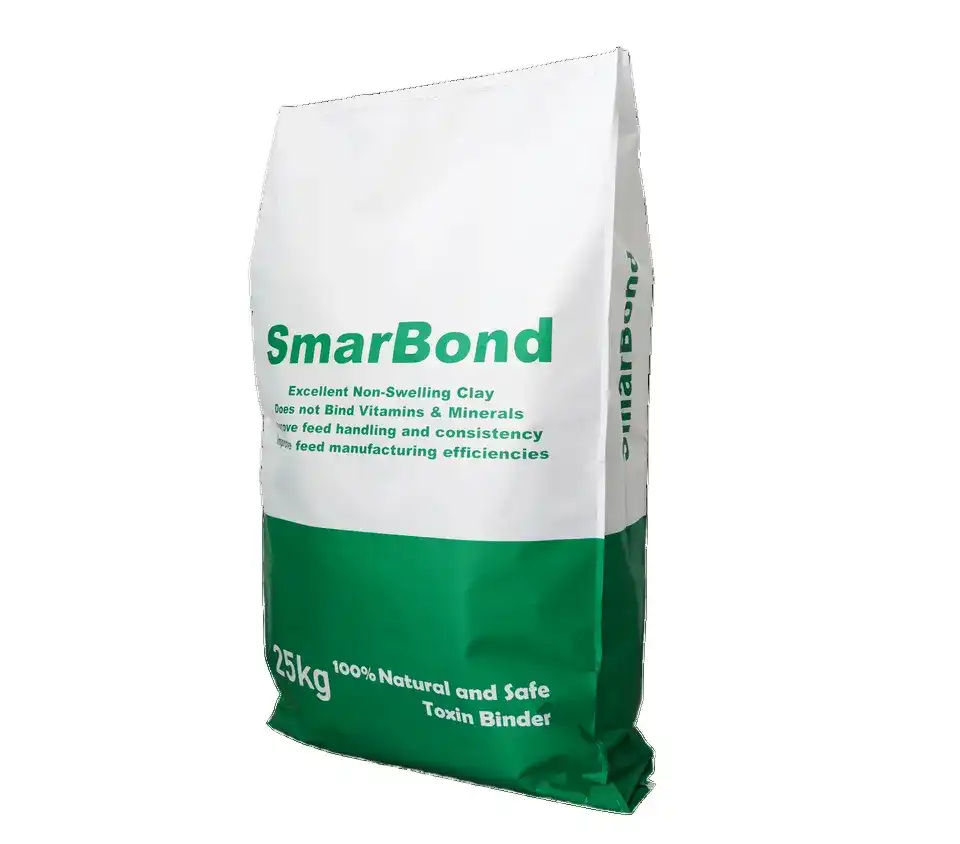
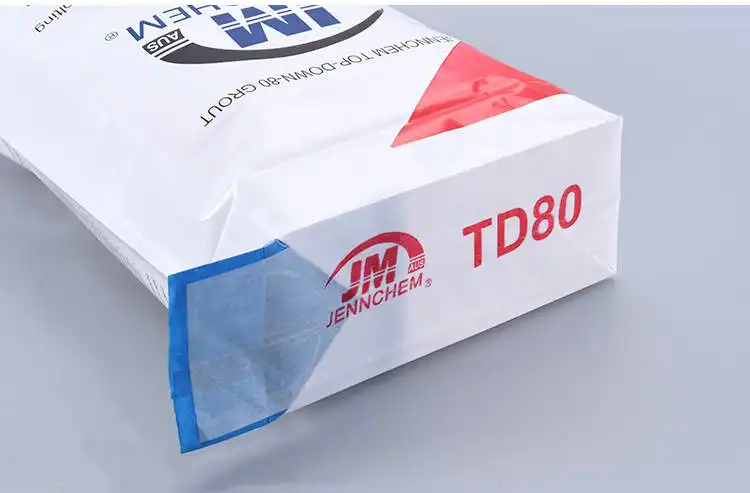
PE Bags & PE valve bags
VidePak produces Heavy-duty Open mouth Polyethylene bags and PE valve bags. Besides, we offers various options such as m-type gussets, flat side, anti-slip coating, micro-perforations, easy opening zip, air valve and diverse stitching type.
It offers high durability and good thickness uniformity as it was produced from high performance polyethylene (PE) material through an advanced multi-layered co-extrusion technology.

Detailed Options
- Side type: flat type and M gusssets.
- Surface treatment: embossing strip & micro-perforation.
- Air valve for finished bags: available
- Stitching: Heat Seal
- Technology: multi-layered co-extrusion
- Block bottom (self-standing stability)
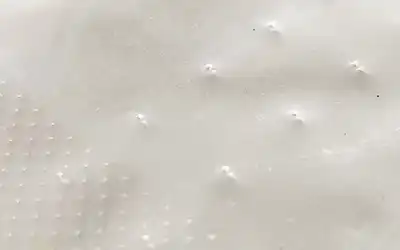
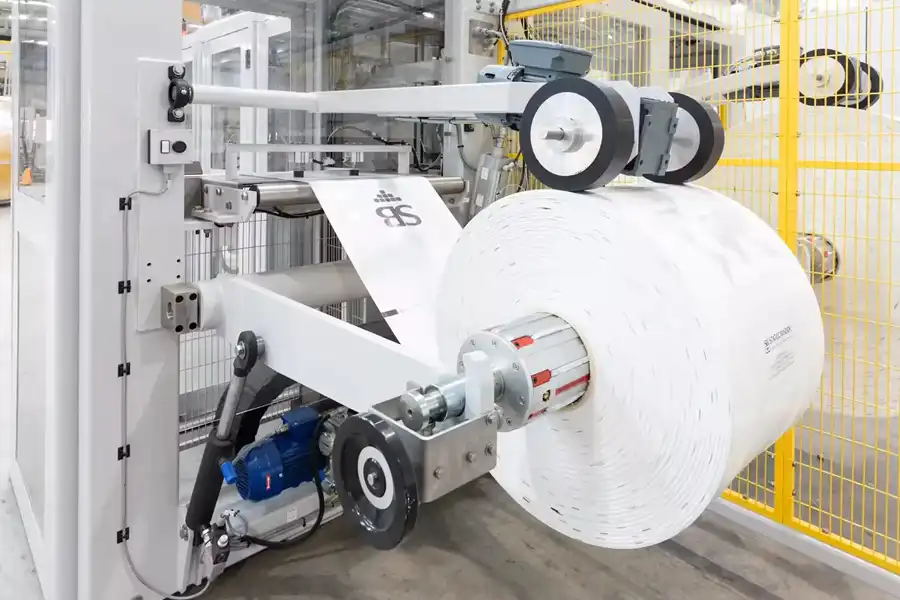
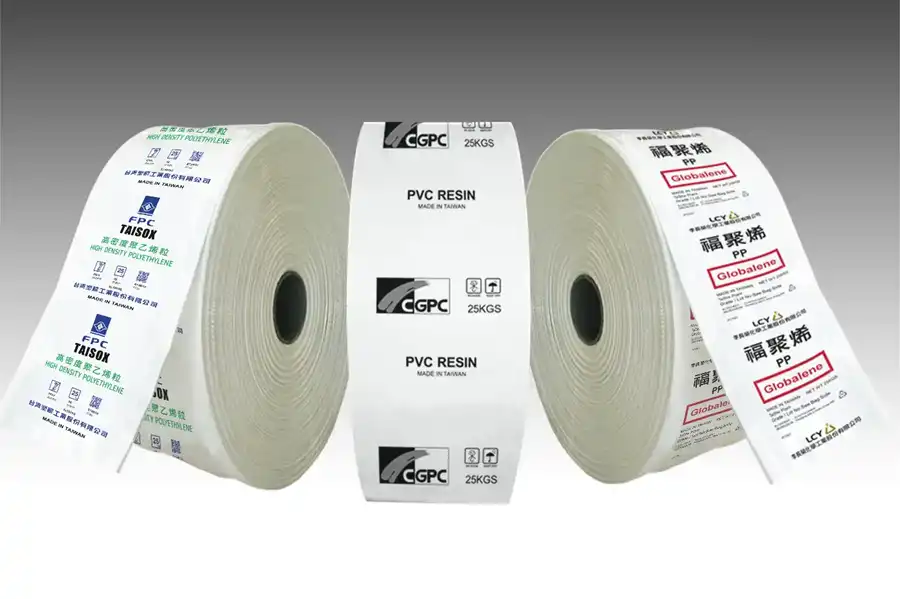
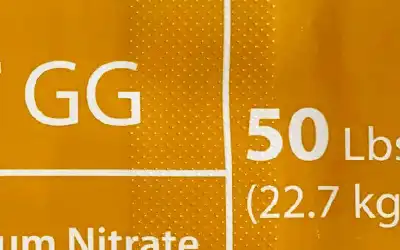
FFS Tubular PE Films
An FFS (Form-Fill-Seal) PE Tubular Films is a versatile packaging solution designed for high-speed automated filling. Made from HDPE & LDPE, FFS Tubular Films allows the bag to be formed, filled, and sealed in a continuous process, improving efficiency and reducing labor costs. Ideal for packaging bulk products like grains, fertilizers, and chemicals.
Why Choose Us
10 Years
Production Experience in PE Bags
W&H
Best Equipments from German W&H.
100 Million pcs
Massive Production Capacity.
Customization
Printing, Size, Thickenss, Bottom Pattern etc.